3. Lead the person to some important insight.
Questions can be used to indirectly make your point, explain your view, or point out a weakness or a flaw in a challenge. When I ask questions using Columbo the third way, I always have a goal in mind. I have a target I’m shooting for and my questions are the arrows.
Sample Conversation:
Once a waitress said to me, “All religions are basically the same.” (Notice that she made the claim here.) “Really?” I asked. “In what way?” (Columbo#1) Remarkably, my question stunned her into silence. She didn’t know what to say. Apparently, she’d thought so little about it she wasn’t able to clarify her own claim “Well, no one can ever know the truth about religion,” she finally said (another claim). “Why would you think that?” I asked (Columbo #2). This turn-about also caught her by surprise. She was used to asking this question, not answering it. “Well the Bible’s been changed and retranslated so many times over the centuries, you can’t trust it,” was all she could come up with (yet another claim). “Oh? How do you know the Bible’s been changed?” (Columbo again) Finally in frustration she said, “I feel like you’re backing me into a corner.” I wasn’t trying to be unkind or bully her intellectually. However, I was trying to challenge her politely with fair questions she couldn’t answer, so she felt trapped. Critics rarely are prepared to defend their own “faith” and rely more on generalizations and slogans than careful reflection. Expose their error by asking questions that get them thinking.

Columbo Part 3
More from
Tactics




